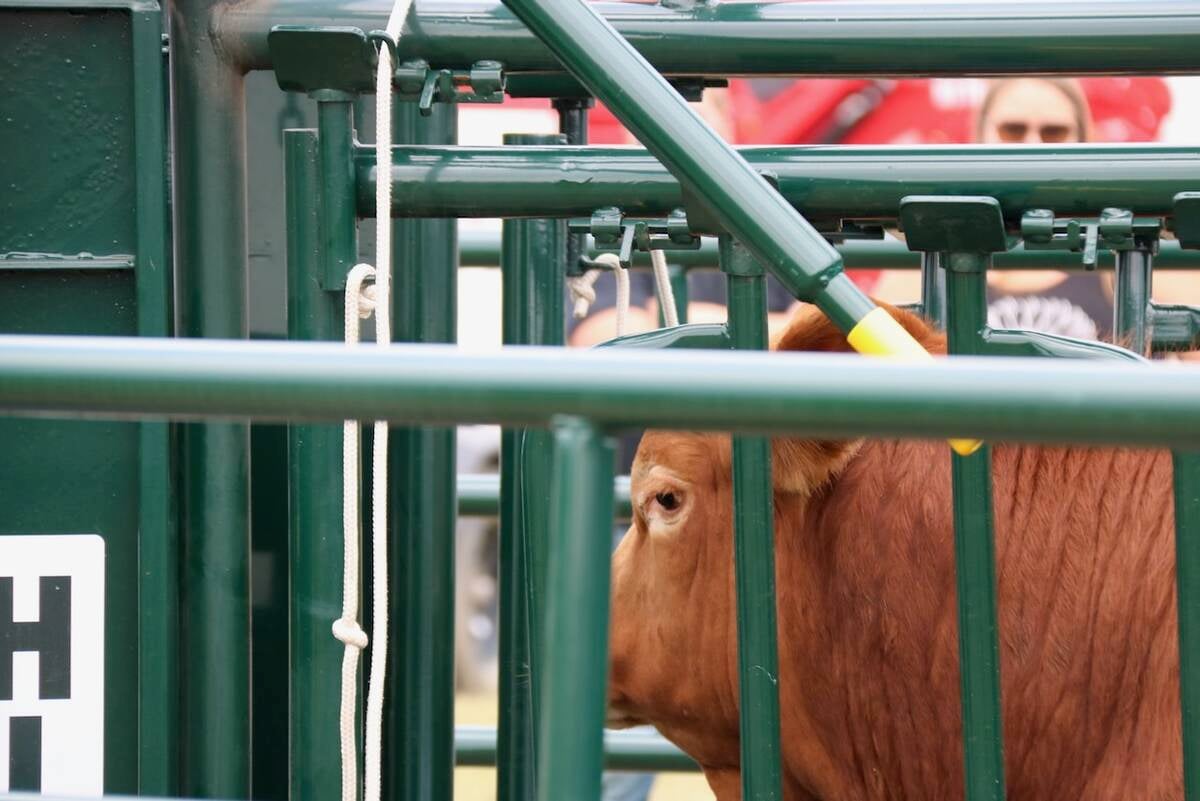PRINCEVILLE, Que. – In the middle of a sunny July day, Dorset ewes sit quietly in the dim twilight of their pens.
Owned by Michel Thibodeau and his wife Mireille Lemelin, they are part of a massive operation that includes about 900 ewes raised indoors under controlled light conditions.
The plan is to adjust the ewes’ sexual activity so they breed out of season and produce enough market lambs for Thibodeau to ship every week to Montreal.
Thibodeau converted the family-owned dairy to a sheep farm five years ago and is participating in several Agriculture Canada projects at his Princeville farm, an hour east of Quebec City.
Read Also

Good handling equipment a must on cattle operations
It’s important for the safety of producers and everyone else dealing with their stock that handling equipment is functional and safe.
His rams are ultrasounded for backfat and ribeye size and the ewes are in a light-controlled breeding program.
“We’re on a program to evaluate the rams and ewes. This program is to measure the backfat and loineye,” he told visitors from the World Sheep Congress held July 17-24 in Quebec City.
The photo-period system creates a cycle of four months of long days with 16-18 hours of light that alternates with four months of short days with eight hours of light. Breeding takes place during short days, every eight months and results in three lambings per ewe every two years.
Lambs are raised under long-day conditions to help them grow to about 100 pounds for the market. The sheep are mainly of Dorset-Canadian Arcott breeding with a few Romanov rams used for cross breeding.
Farm plans are made five years in advance to set up the photo-period schedules.
There are other reasons for the confined housing system. Coyotes are major predators in the region and expensive land prices make it difficult to buy enough pasture to support such a large flock.
The sheep are raised in three barns totalling 45,000 sq. feet.
The farm grows its own feed to provide sheep with corn silage, a mixed grain diet as well as supplements such as canola or soy meal.
Thibodeau and Lemelin have a problem with ewes getting too fat so feed programs are carefully controlled for lactating, pregnant ewes as well as the finishing rations for lambs.
Ewes who have the appropriate body condition and growth rates are bred at eight months of age. Ewes that fail to get pregnant are treated with vaginal sponges. If they are not pregnant after three attempts, they are culled from the flock.
Some purebred rams are for sale, but the main market is for finished slaughter lambs. Demand is about 30 per week.
Prices are lower due to the BSE border closure this past year, which has created new competition as sheep producers in other parts of the country look for a way to sell the extra supply that used to be exported into the United States.
“Our competition is from Saskatchewan and Alberta,” Thibodeau said.
“They used to sell to the United States. Now with BSE they are sold in the Montreal market.”















